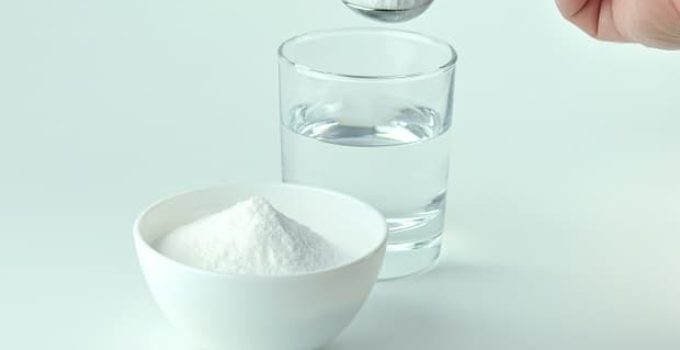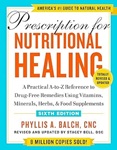Answer at a Glance: Magnesium hydroxide is a chemical compound of magnesium, hydrogen, and oxygen. There are several ways of preparing the compound. A common method is reacting a magnesium salt with sodium hydroxide, such as magnesium chloride. Another technique involves treating seawater, which contains magnesium chloride, with lime. When combined, they react to produce magnesium hydroxide. The result is a white, odorless powder. [1]
Dig Deeper
Medicinal Uses for Magnesium Hydroxide
Magnesium hydroxide is widely used for a variety of medicinal purposes. The most common medicinal form is Milk of Magnesia, which is taken as an antacid and laxative and is widely considered effective. [2]
It is also added to some natural deodorants to replace ingredients that some consider harmful, such as widely used aluminum, which has been linked to Alzheimer’s Disease. [3]
Another natural remedy some swear by is using Milk of Magnesia to soothe canker sore (aphthous ulcers) pain. An article in the journal American Family Physician on the management of aphthous ulcers suggested a “combination of over-the-counter magnesium hydroxide antacid and diphenhydramine hydrochloride (5 mg per mL), mixed half and half, will bring about some symptom relief.” [4]
Non-Medical Applications for Magnesium Hydroxide
Magnesium hydroxide is used in various nonmedicinal applications; for example, it is sometimes added to wastewater to reduce the amount of acids in the waste. It is also used as a clarifier to remove impurities in the sugar refinement process as well as a color-retention agent. [5]
It is sometimes added to fuel oil as well as toothpaste. It is also used as a drying agent in food products as well as used as a flame retardant on fabrics and other materials. [6]
The US Food and Drug Administration categorizes magnesium hydroxide as a GRAS (generally recognized as safe) food ingredient, providing a sense of reassurance about its safety for various uses. [7]
Expert Opinion
Quote: “Magnesium Hydroxide is used for treating acid indigestion, heartburn, sour stomach, and constipation. It may also be used for other conditions as determined by your doctor. Magnesium Hydroxide is an antacid. It works by neutralizing the acid in the stomach and by stimulating the bowels to move.” Source: Drugs.com
References
- [1] Encyclopedia.com – “Magnesium Hydroxide.”
- [2] WebMD – “Magnesium Hydroxide Oral: Uses, Side Effects, Interactions, Pictures, Warnings, & Dosing.”
- [3] Zirwas, Matthew, J. “Antiperspirant and Deodorant Allergy – Diagnosis and Management.” The Journal of Clinical and Aesthetic Dermatology. 2008, Sept. Vol: 1, No: 3, Pages: 38-43
- [4] McBride, David R. “Management of Benign Aphthous Ulcers.” American Family Physician. 2000, July 1, Vol: 62, No: 1, Pages: 149-154
- [5][6][7] The National Academies Press – “Toxicological Risks of Selected Flame-Retardant Chemicals.”
DISCLAIMER: THIS WEBSITE DOES NOT PROVIDE MEDICAL ADVICE
The information, including but not limited to text, graphics, images, and other material on this website, is for informational purposes only. No material on this site is intended to be a substitute for professional medical advice, diagnosis, or treatment. Always seek the advice of your physician or other qualified healthcare providers with any questions you may have regarding a medical condition or treatment before undertaking a new healthcare regimen, and never disregard professional medical advice or delay in seeking it because of something you have read on this or any other website.

